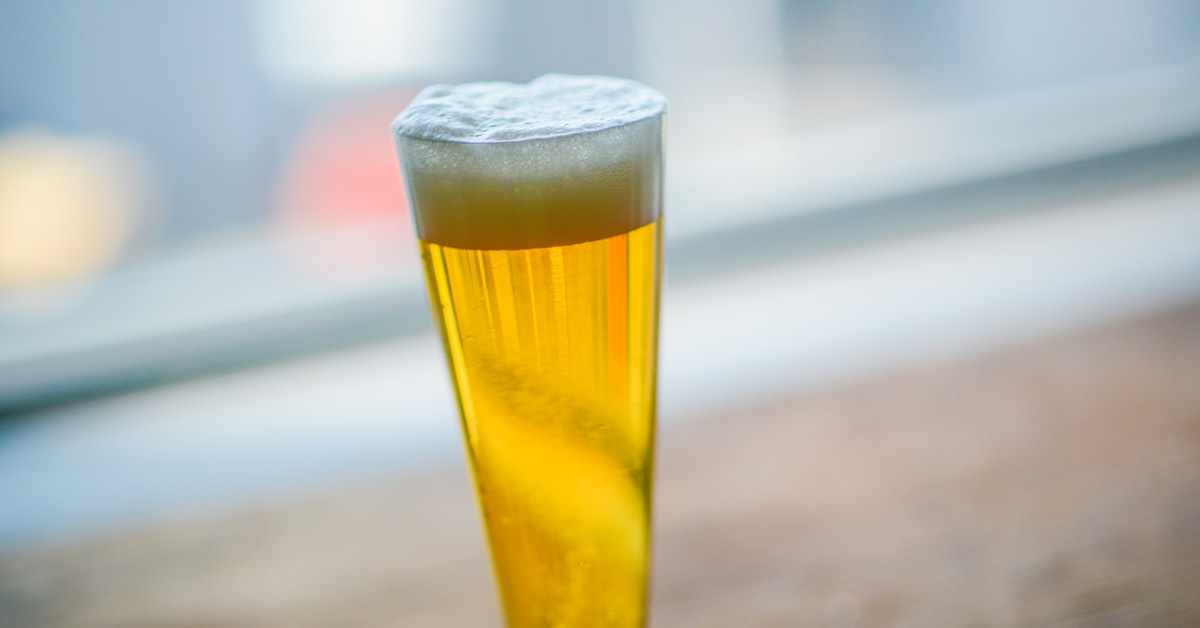 December 12, 2022
December 12, 2022
While many beer enthusiasts have been waiting for the promised craft lager takeover, the rise of Pilsner, and the elevation of bottom-fermented beverages, there is little evidence that 2022 will be remembered as that year.
As the dominant beer style, IPA continues to monopolize draught boards and beer coolers alike, while spawning new substyles. Meanwhile, lager styles find their way into the hearts and minds of the faithful one sip at a time through their diversity, drinkability, and adaptability.
“Lager” refers to any beer fermented with bottom-fermenting yeast, whereas IPA has a more stringent set of identifying characteristics. And while IPA shows no signs of slowing, in select spots around the U.S, a small patch of breweries has decided to place less emphasis on IPAs and their top-fermented brethren in favor of preaching the gospel of lager.
Lagering on the West Coast
Heater Allen Brewing Company was started by Rick Allen in McMinnville, Ore. in 2007 with the idea of brewing only lagers. According to his daughter Lisa Allen, who joined the brewery in 2009 as head brewer, Allen’s initial focus came about because “he wanted to see if there was actually a market for it.” Once he discovered thirsty beer drinkers eager to try his creations, he expanded from a 6-barrel brewing system to a 15-barrel system on the growth spurred by his flagship Bohemian-style Pilsner.
Heater Allen’s core beer is that same Pilsner, called Pils, that Allen initially brewed in 2007, with a few additions. “We still do our Bohemian Pilsner but for the most part our other beers are German-style lagers,” says Lisa Allen. “We have a core Munich dunkel and a schwarzbier, which is a cross between a German- and a Czech-style.” Heater Allen also has a seasonal program that follows the type of beer releases typical for Germany. “We recently released Bobtoberfest, which is our traditional Märzen-style Oktoberfest beer. We also brew a Baltic porter, a smoked bock, and a helles lager.”
One of the greatest challenges in staying lager-focused, says Lisa Allen, is keeping a tight brew schedule—and that means sometimes having to say no. “Our beer takes eight weeks from the day we brew it to the day we release it,” she said. “That’s our biggest challenge, especially during high times. I don’t have an assistant brewer right now, so it’s me doing most of the work.” Because of the nature of lagers and their commitment to giving their beer the time it needs to condition, Allen says that sometimes means not getting the beer to everyone who wants it. “I just haven’t been able to brew quite as fast as I would otherwise. You don’t want to say no to people, but one of those things with the business is that sometimes you have to say no as a smaller brewery.”
Along those same lines, staying lager-focused…



